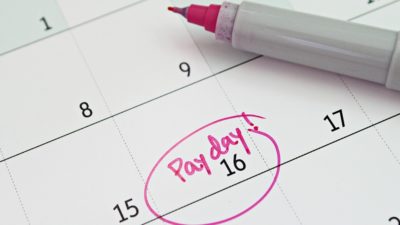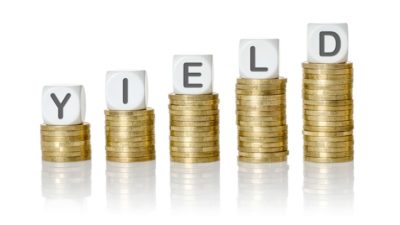The Canada Emergency Response Benefit (CERB) is approaching its seventh and last cycle. It is likely, however, that the Canada Revenue Agency (CRA) will prepare for another set of payments. Please don’t mistake it for an extension. The program rule states that you can re-apply if you’re still out of work or not returning yet due to COVID-19.
The CRA pays eligible applicants $2,000 per month in four-week intervals. You will receive $8,000 in 16 weeks. Remember that every CERB payment is gross of tax. The CRA will not deduct the tax and will pay you the full $500 weekly. However, when you factor in the federal and provincial tax, your actual CERB maybe 30% less.
Computing for the tax
CERB is taxable income, which forms part of your overall income for the 2020 income year. The CRA mandates that you declare it when you file your tax return in 2021. However, the CERB mixes with your other income, so you can’t isolate the tax due on it.
The sum of your employment or self-employment income and any other sources of income plus the CERB payments will be your total earnings in 2020. For example, to determine your tax bracket, subtract any tax deductions, like the Registered Retirement Savings Plan (RRSP) contributions.
Depending on your tax bracket, the federal rate can range from 15% (lowest) to 33% (highest). The provincial and territorial taxes vary depending on where you are working or filing as well as the income tax bracket. It can be as low as 5.06% or as high as 21%. You can check the 2020 federal, provincial, and territorial rates at the CRA website.
Tax equalizer
There is no doubt that CERB is very helpful during the pandemic, although it has tax implications. If you spend the entire amount and not leave a portion, you’re forward-spending the tax. You will need to save from future earnings to cover the CERB tax due next year.
Offsetting the tax is possible if you have investment income, especially if the asset is in a Tax-Free Savings Account (TFSA). Some tax experts are recommending keeping at least $1,600, or 20%, of the total CERB.
Canadian Imperial Bank of Commerce (TSX:CM)(NYSE:CM) is a high-yield dividend payer. The share price of the fifth-largest bank in Canada is $99.13 per share, while the dividend yield is 6.03%.
If you own $27,000 worth of CIBC shares, your income is $1,628.10, which will compensate for the CERB tax. Assuming the yield remains constant, it will also be your income stream for years to come. This bank stock is ideal for a long-term hold. Its dividend track record is 152 years.
All Big Five banks took earnings hits in Q2 fiscal 2020 as a result of higher provisions for credit losses. According to CIBC president and CEO Victor Dodig, both the balance sheet and core franchise remains strong. Once recovery takes hold, expect profitability to return to pre-pandemic levels.
Prepare for the tax payment
Bear in mind that you will reckon with the CERB tax in 2021. Leave some of the benefits for the tax and save it or compensate with investment income.








